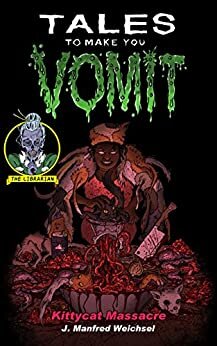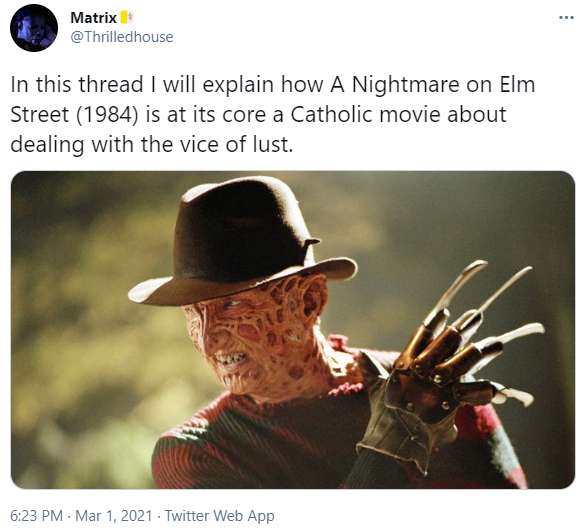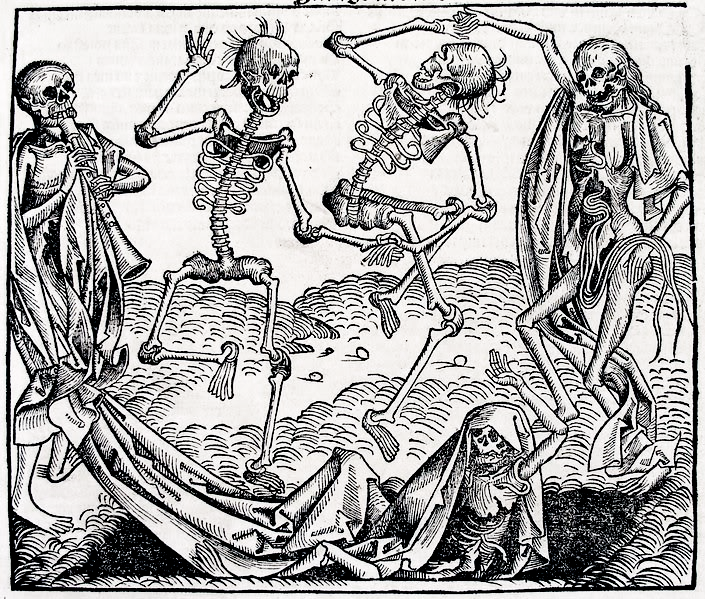Kittycat Masscre: Tales to Make You Vomit Book 2 by J. Manfred Weichsel Book Review
J. Manfred Weichsel is back with another Tale to Make You Vomit: Kittycat Massacre [Amazon link]. As always, let the cover be your guide, as you are going to get exactly what the cover art promises.

I’ve never really been much of a horror fan. I can remember when I was growing up in the 80s, my friends loved movies like Friday the 13th or A Nightmare on Elm Street. [Amazon links] I was a sensitive child, and I found these movies gross and disturbing. Strangely, I now work in the medical field, and I find myself considerably less disturbed by surgery, illness, and injury than many of my compatriots.

Now that I am an adult, I can appreciate that the power of horror derives from the way in which it illustrates the consequences of departing from the straight and narrow way. It is of course possible for horror, especially in movie form, to get so focused on the graphic details that it loses this moral core, but the classics of my childhood hew closely to this formula.

The Dance of Death (1493) by Michael Wolgemut, from the Liber chronicarum by Hartmann Schedel.
Public Domain, https://commons.wikimedia.org/w/index.php?curid=81408
This volume asks the question: what are fairytales for? It is easy to give pat answers to this, but familiarity with the original folk tales collected by the Brothers Grimm [Amazon link] will reveal that fairytales frequently were violent and gory cautionary tales, only different in medium from a slasher movie. Horror is supposed to be unsettling, because it is very easy for us to become complacent about the world we live in, and our place in it. It is simply a matter of averting one’s eyes, to fail to see what is really there. Horror’s power is to force us to see.
Going even further back, the danse macabre, the works of Hieronymus Bosch, or Dante’s Inferno can be unsettling as well, but the intent is the same: to remind us of the reality of sin and death, which are consequences of the Fall. The religious context is more explicit in those cases. Weichsel’s work, on the other hand, has a far stronger dose of satire than Dante, whose score settling in Hell comes across as rather earnest in comparison.
As always, I will warn you that the name of the series is only half in jest. This book really could make you vomit. It certainly makes me uncomfortable. The sad thing is, I know of things in life that are worse than what happens here, and so I must ask myself, do I feel the same way about those events that I know of as I feel about fake people in a book? And if not, why? Can I see what is in front of my face? If this book can remind of that, it has served its purpose.
I received a free copy from the author.
My other book reviews | Reading Log
Other books by J. Manfred Weichsel
Expedition to Eden Book Review
Ebu Gogo Book Review
Five Maidens on the Pentagram Book Review
Tales to Make You Vomit


Comments ()